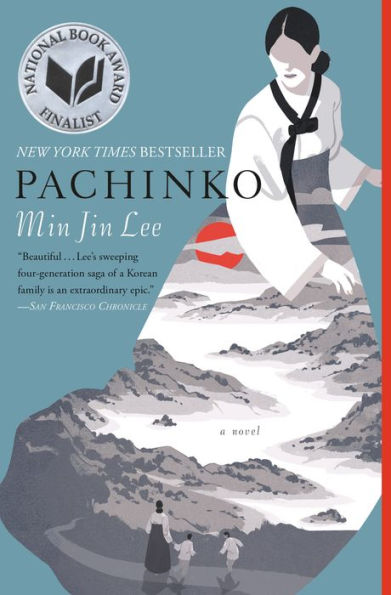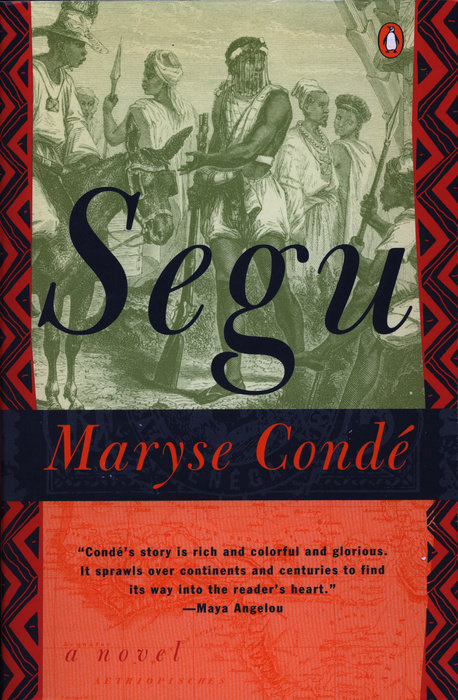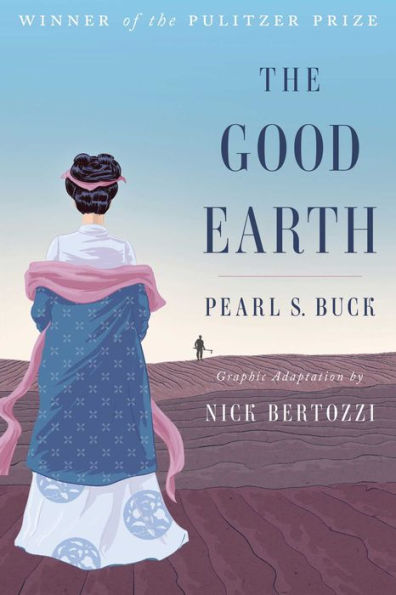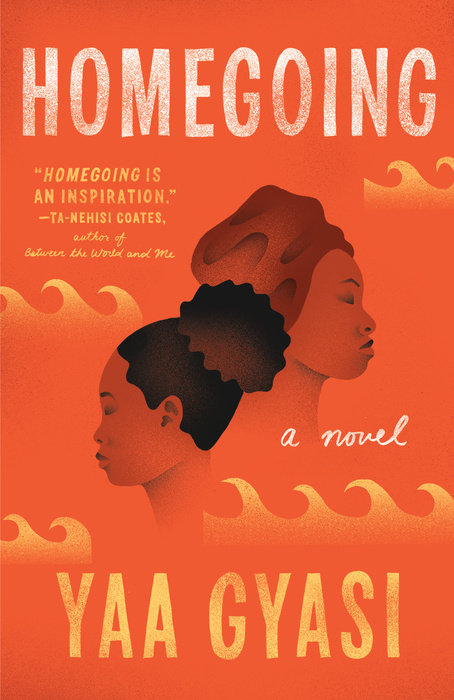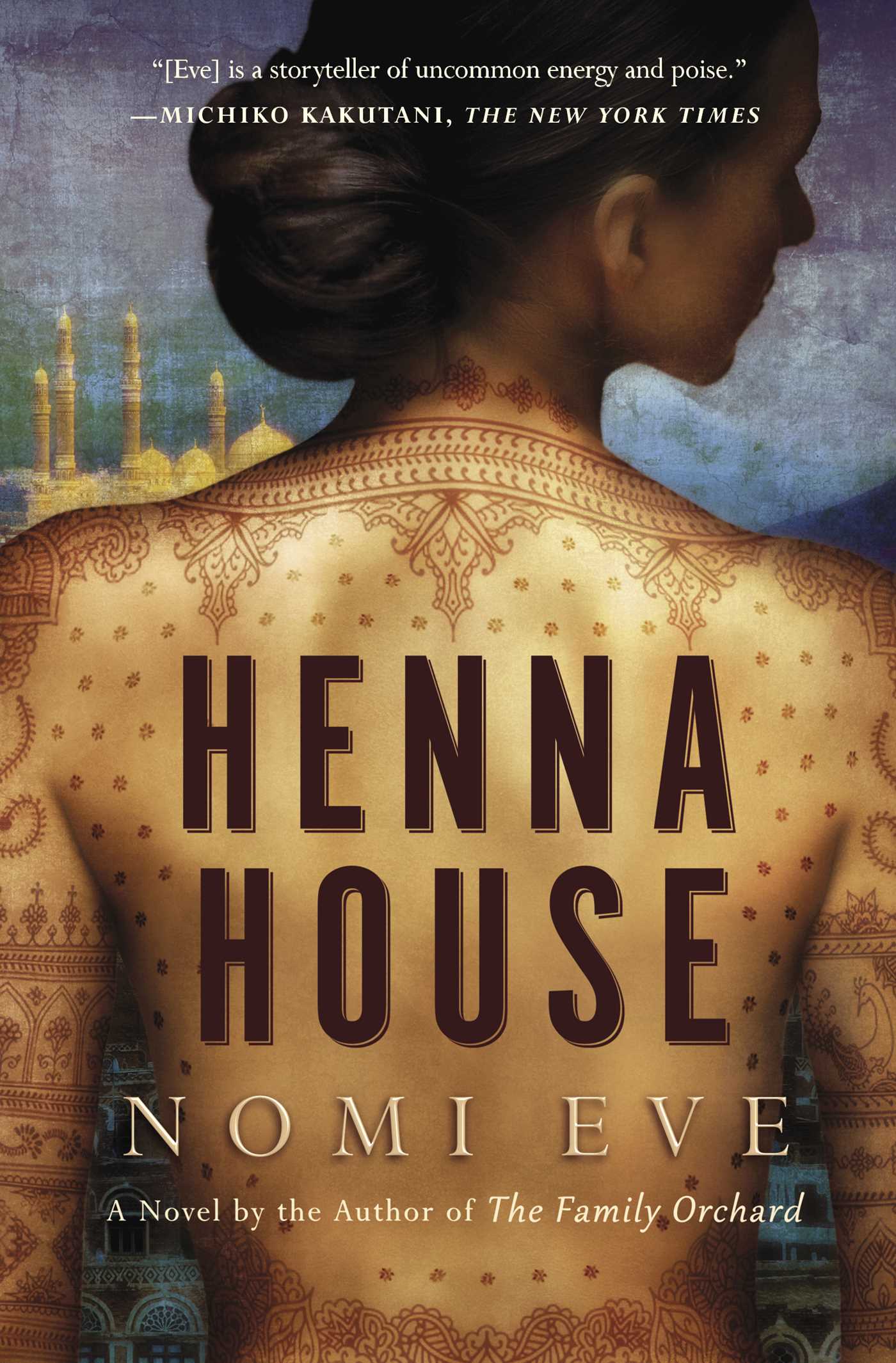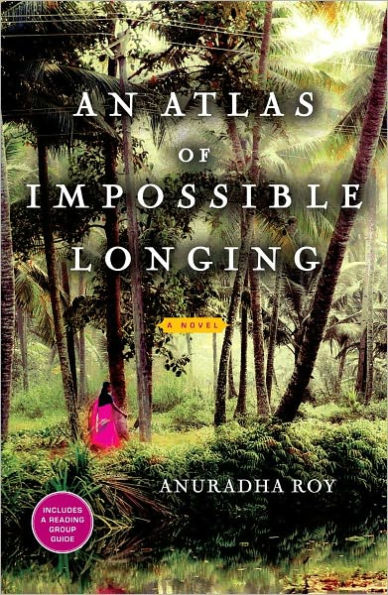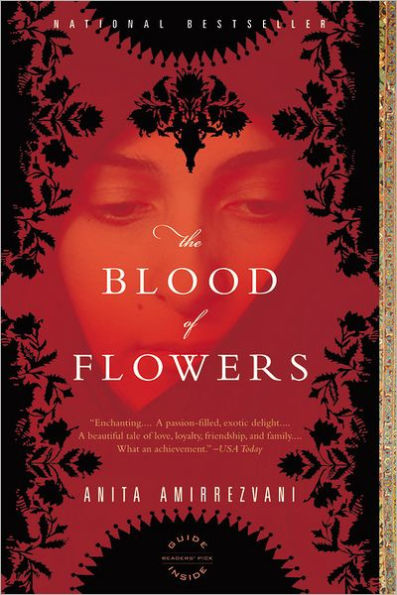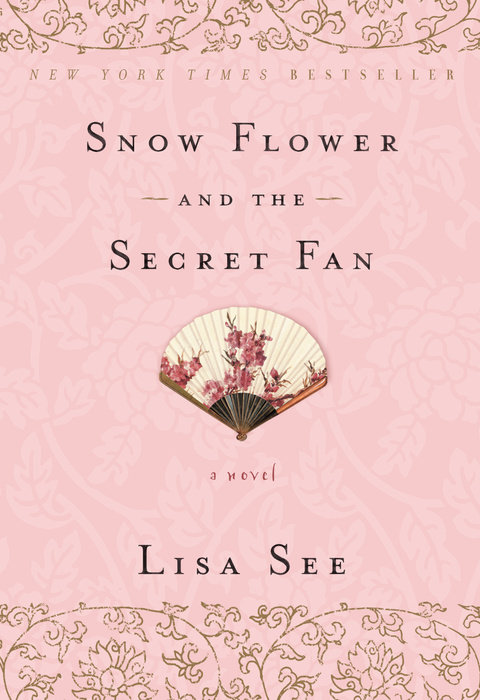I admit it: I am completely addicted to period dramas. Give me your Poldark, your Downton Abbey, any BBC Dickens adaption. The sumptuous historical costumes and settings! The forbidden romances and complicated family dramas! The political and social tensions intersecting with the lives of the characters! And did I mention costumes? Then one day I was rewatching the Masterpiece Theater Jane Eyre and my partner asked, “Do you ever watch one of these not set in Europe?” The question gave me pause, and I had to admit I really didn’t. Thus began a quest to globalize my historical fiction diet, both in TV and literature. These 11 novels embody everything I love about period dramas, but take place in different time periods and countries throughout the world. From West Africa in the late 1700s to Iran in the late 1500s to China in the 1920s, these novels are absorbing windows into global settings that would make for fabulous historical miniseries (showrunners, take note.)

11 Historical Novels That Will Enlarge Your Worldview
Early Twentieth Century, Korea/Japan
Teenaged Sunja, the adored daughter of a crippled Korean fisherman, falls for a wealthy stranger. He promises her the world, but when she discovers she is pregnant—and that her lover is married—she refuses to be bought. Instead, she accepts a proposal from a minister passing through on his way to Japan. Her decision to abandon her home, and to reject her son’s powerful father, sets off a dramatic saga that will echo down through generations.
MENTIONED IN:
1797, Segu, West Africa
The West African kingdom of Segu is flourishing, but change is on the horizon. From the east comes a new religion, Islam, and from the west, the slave trade. SEGU follows the life of Dousika Traore, the king’s most trusted advisor, and his four sons. There is Tiekoro, who renounces his people’s religion and embraces Islam; Siga, who defends tradition, but becomes a merchant; Naba, who is kidnapped by slave traders; and Malobali, who becomes a mercenary and halfhearted Christian.
MENTIONED IN:
1920s, China
A Pulitzer Prize–winning portrait of China during the time period when the last emperor reigned and the vast political and social upheavals of the twentieth century were but distant rumblings. This moving, classic story of the honest farmer Wang Lung and his selfless wife O-Lan is essential reading for those who would fully appreciate the sweeping changes that have occurred in the lives of the Chinese people during the last century.
Eighteenth Century, Ghana
In eighteenth-century Ghana, two half sisters are born into different villages. One will marry an Englishman and lead a life of comfort in the Cape Coast Castle. The other will be captured in a raid on her village, imprisoned in the same castle, and sold into slavery. HOMEGOING follows the parallel paths of these sisters and their descendants through eight generations: from the Gold Coast to the plantations of Mississippi, from the American Civil War to Jazz Age Harlem.
Two half-sisters are separated by forces beyond their control: one sold into slavery, the other married to a British slaver. HOMEGOING traces the descendants who follow, as their destinies lead them through two continents and 300 years of history, each life indelibly drawn.
MENTIONED IN:
1920–1950s, Yemen
Adela Damari’s parents’ health is failing as they desperately seek a Jewish husband for their young daughter, who is in danger of becoming adopted by the local Muslim community if she is orphaned. With no likely marriage prospects, Adela’s situation looks dire—until she meets two cousins from faraway cities: a boy with whom she shares her most treasured secret, and a girl who introduces her to the powerful rituals of henna.
Rich, spirited, and sensuous, this enthralling saga of a young woman living in a little-known community of Yemenite Jews during the mid-twentieth century is a tale that will pierce the heart.
MENTIONED IN:
1576, Iran
Based loosely on the life of Iranian princess Pari Khan Khanoom, this novel of political intrigue follows Princess Pari after the death of her father the Shah, who has died without naming an heir. Pari, who knows the inner workings of the state better than anyone, and her closest adviser, Javaher, a eunuch able to navigate the harem as well as the world beyond the palace walls, endeavor to maintain control as a power struggle of epic proportions explodes.
Loosely based on the life of a historical Iranian princess, EQUAL OF THE SUN is a gorgeously wrought and evocative tale of power and destiny. When the shah dies suddenly, his daughter is more than qualified to take the throne, but resentment and secrets prevent her. Can she navigate the court in this passionate tale of a powerful woman?
1907–1950, Bengal/India
Family drama meets historical romance in this saga that follows a family living in a vast house in a small town in Bengal. In this house, a widower struggles with his love for an unmarried cousin. Bakul, a motherless daughter, runs wild with Mukunda, an orphan of unknown caste adopted by the family. Confined in a room at the top of the house, a matriarch goes slowly mad. And as Mukunda and Bakul grow, their intense closeness matures into something else.
MENTIONED IN:
Late Eighteenth Century, Jamaica
This is a must for any fan of JANE EYRE or the Brontës in general. In this mesmerizing work that imagines the history of the infamous madwoman from Jane Eyre, we meet Antoinette Cosway, a sensual and protected young woman who is sold into marriage to the prideful Mr. Rochester. Rhys portrays Cosway amid a society so driven by hatred, so skewed in its sexual relations, that it can literally drive a woman out of her mind.
Jean Rhys's reputation was made upon the publication of this novel, in which she focuses on one of fiction's most mysterious characters: the madwoman in the attic from Charlotte Brontë's Jane Eyre. Rhys portrays a society so driven by hatred, so skewed in its sexual relations, that it can literally drive a woman out of her mind.
MENTIONED IN:
Seventeenth Century, Iran
When her father dies, a 14-year-old girl and her mother find themselves destitute and must work as servants for her uncle, a rich rug designer in the court of the legendary Shah Abbas the Great. The young woman grows into a brilliant designer of carpets. But while her talent flourishes, her prospects for a happy marriage grow dim and she is faced with a daunting decision: forsake her own dignity, or risk everything she has in an effort to create a new life.
MENTIONED IN:
Nineteenth Century, China
In a time when women in China were foot-bound and lived in almost total seclusion, the women in one remote Hunan county developed their own secret method of communication and paired themselves with laotongs, “old sames,” with whom they could reach out of their isolation to share their hopes, dreams, and accomplishments. Snow Flower and Lily become “old sames” at the age of seven. As the years pass, through famine and rebellion, their bond only deepens, until a misunderstanding threatens to tear them apart forever.
A captivating journey back to nineteenth-century China when wives and daughters were foot-bound and lived in almost total seclusion, Lisa See’s gorgeously written work of fiction is as deeply moving as it is sorrowful.
MENTIONED IN:
Late Nineteenth/Early Twentieth Century, Colombia
In their youth, Florentino Ariza and Fermina Daza fall passionately in love. When Fermina eventually chooses to marry a wealthy, well-born doctor, Florentino is devastated, but he is a romantic. As he rises in his business career, he whiles away the years in many affairs—yet he reserves his heart for Fermina. When her husband dies, Florentino purposefully attends the funeral. Fifty years, nine months, and four days after he first declared his love for Fermina, he will do so again.
“It was inevitable: the scent of bitter almonds always reminded him of the fate of unrequited love.”

